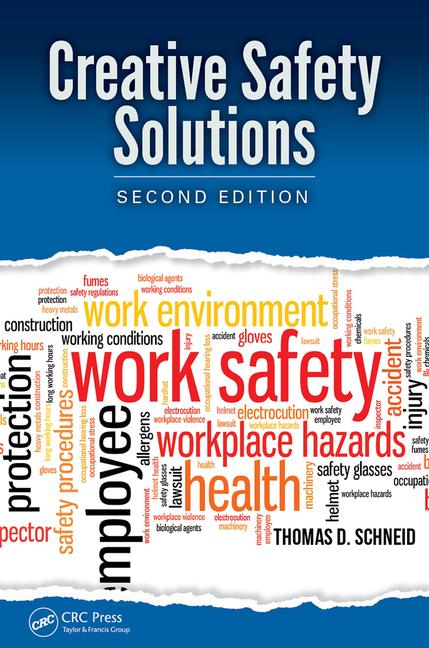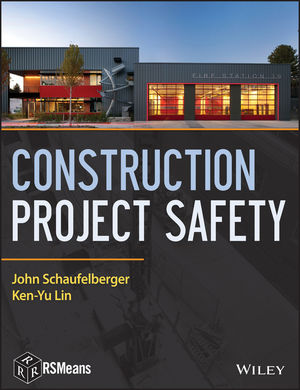Help EMS help you: Getting first-responders to the patient isn’t always easy

Photo credit: Funtay / iStock / Getty Images Plus
What happens when there’s an emergency at your facility? A work-related injury or personal medical emergency occurs, and someone yells, "Help!" Someone calls 911, the first aid team assembles, and then… wait for emergency medical services (EMS) to arrive. Does EMS know where to go once they reach your address? Even momentary delays can make the difference between a favorable outcome and a negative one in these situations.
Call out
Do you know your location's average EMS response time? If not, call your local EMS station and ask.
Let's take a look at a real-world example. During a birthday celebration, a diabetic employee started talking slowly and looked like they were moving in slow motion. They suddenly stopped talking and did not respond to their name. EMS was called and arrived on-site in a record-breaking time of 4 minutes. However, EMS didn't make it to the employee for another 11 minutes. They got lost between parking lots and couldn't figure out where they were supposed to go. This facility was under construction and had 5 parking lots and 4 employee entrances. When EMS got to the employee, their blood sugar was so low that a diabetic coma was expected. This seemingly slight delay caused the employee to need additional medical care and prolonged their time away from work.
EMS drivers navigate facilities that often have multiple entrances and confusing parking lots filled with blind spots, and contractor vehicles. They often have a limited idea of where to go without additional assistance, which can lead to delays. Follow these steps to get EMS to the patient:
- Develop a plan for directing EMS to the location.
- Train all employees on emergency response procedures.
- Determine who needs to be notified immediately and who needs to come help.
- Examples include reception, security, safety, the first aid team, and the company nurse.
- Update your emergency action plan after any building changes and at least annually.
- Mark your building, so it is easy to find and navigate.
Have a plan
Getting EMS on site can be as easy as a phone call but getting them to the patient isn't always so simple. As part of your emergency action plan (EAP), it’s recommended to include a breakdown of what happens once EMS is called and who’s responsible for each task.
- Identify the responsibilities of each person or group.
- Who calls 911: Determine who is going call?
- Notifications: Who needs to be notified?
- Designate a liaison: Who meets EMS to let them in the building and direct them?
- Determine the best and alternate paths for EMS to get to the patient. Which entrance is closest or has elevator access if needed?
- Determine the required training for employees and first responders.
Best practice: provide preprinted maps of the site for liaisons to grab and give to EMS after indicating where to go. These can be in binders by each exit or kept with reception/security.
Training employees
Emergencies are a flurry of activity, and employees don't often know what to do. The last thing the victim needs is for everyone else to assume that someone else is taking care of it. In first aid/CPR training, one of the most vital parts of emergency response is not asking for just anyone to call 911. It’s to identify someone specifically and tell them to call. The same should go for identifying someone to ensure EMS gets to the patient as soon as possible. While first aid/CPR training is not required for everyone, everyone needs to know the following:
- How to identify a potential emergency and how to call for help. If they are unsure, it’s better to err on the side of caution. Note any special procedures for calling out of the phone system.
- How to give clear and concise directions to the EMS dispatcher. Such as the job site location, entrance, and if someone will meet them.
- What information to provide about the situation. If possible, include their main complaint (injury, illness), estimated age, gender, what happened?
- Who to notify that there is an on-site emergency and EMS was contacted.
Notification and guiding EMS
Once EMS is called, calls need to be made to notify the correct people and send them where they are most helpful. If your facility has restricted access to the property, EMS will need help getting in. Who opens the gate or meets them to let them in? What if your jobsite is in a hard-to-find location? Some construction or logging sites are notorious for being difficult to find, so post someone in a locatable spot.
For your consideration: Medical emergencies can be overwhelming and embarrassing for the patient. There is a fine line between needing a few people to help and calling everyone. Non-essential onlookers can feel violating to the patient’s privacy and make it harder for EMS to work.
Update programs and procedures
OSHA doesn’t specify how often the emergency action plan, and any policies around emergency response, should be updated. However, the expectation is that it’s always up to date and relevant to current site conditions. To stay on track, check your emergency response policies anytime the company has other significant updates, when process changes, new equipment arrives, or construction work is being done. If there are no triggering events to check, then the best practice is to verify them annually. Ensure your employee training covers your programs and procedures, including any updates or changes.
Mark the building
How easily can EMS identify your facilities from the road? Most local fire codes require your building number to be clearly seen by the public. The following can help emergency responders get to the right location quickly:
- Make sure your street number is visible from the road,
- Mark entrances clearly, and
- Post signage to indicate the direction of travel around the building.
Key to remember
Emergencies are bound to occur on-site, whether related to the actual work or due to an employee's personal medical issue and getting EMS to the patient quickly isn’t always easy. By having a plan, providing employee training, effectively notifying help, keeping your policies and programs up to date, and making your building easy to find and navigate, you can help EMS help you and your employees.
Looking for a reprint of this article?
From high-res PDFs to custom plaques, order your copy today!








